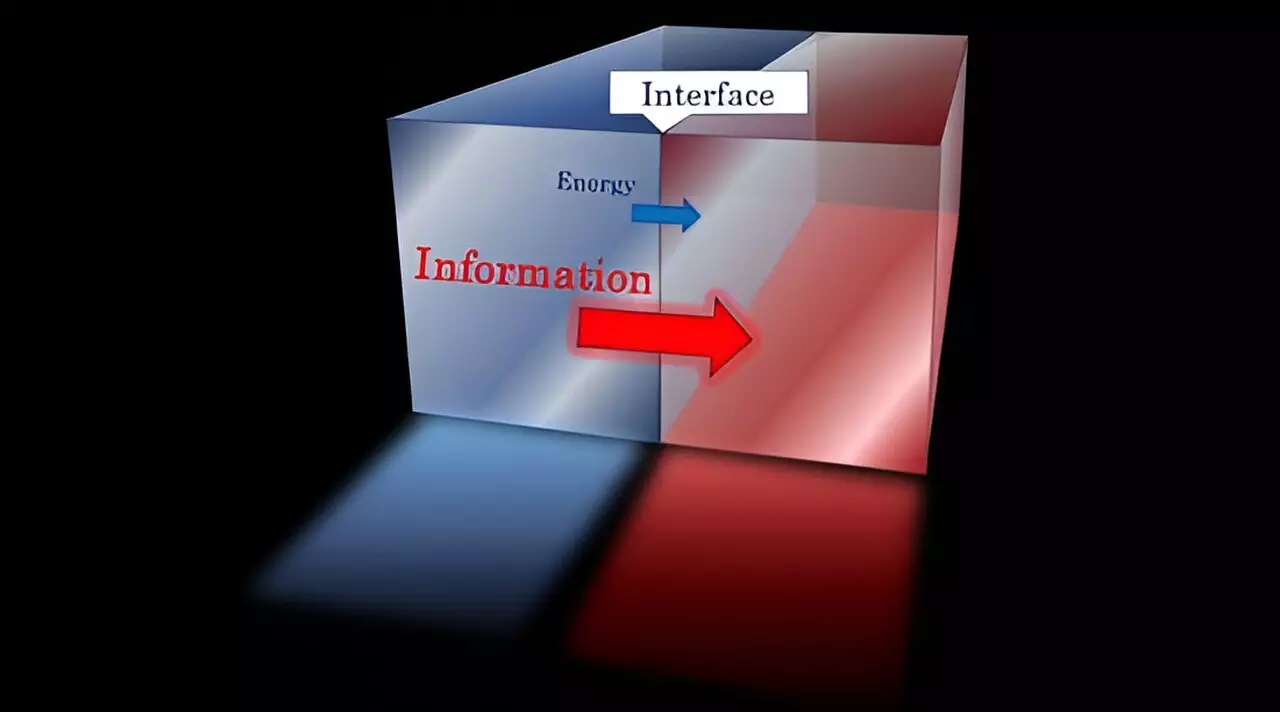Recent investigations into the interplay between energy and information transfer across quantum field theories have revealed compelling insights that challenge traditional understandings. A research team composed of international experts, including Hirosi Ooguri from the University of Tokyo and Fred Kavli from Caltech, has meticulously unpacked the complexities of interfaces connecting divergent quantum field frameworks. Their findings, unveiled in the esteemed journal Physical Review Letters on August 30, illuminate a surprisingly straightforward relationship between energy transference and information flow at these interfaces, which are critical to both particle physics and condensed matter explorations.
Significance of the Research
The interface within quantum theories serves as a pivotal area of investigation, yet quantifying the transmission rates of energy and information across these complex systems has historically posed challenges. Ooguri and his colleagues’ work addresses this gap by focusing on two-dimensional theories characterized by scale invariance. Their approach has yielded universal inequalities among three pivotal quantities: the rate of energy transmission, the rate of information transmission, and the dimensionality of Hilbert space, which corresponds to the growth rate of high-energy states.
Specifically, the established relationship can be summarized by the key inequality: energy transmittance ≤ information transmittance ≤ size of the Hilbert space. This mathematical statement suggests a foundational principle: energy movement cannot transpire without accompanying information transfer, reinforcing the interdependent nature of these two aspects. Furthermore, it emphasizes that an adequate volume of states is essential for facilitating such transfer processes.
Implications for Quantum Physics
These recent findings represent a significant breakthrough in the understanding of quantum mechanics by articulating a previously unknown relationship between energy and information. Prior research had struggled to correlate these concepts, leading to a knowledge gap in comprehensively understanding how they function together within quantum frameworks. The newly established inequalities not only assist in theoretical studies but also pave the way for practical applications in quantum computing and information theory.
The assertion that stronger inequalities cannot be conceived further consolidates the foundations of this research. It indicates that the principles derived from the study are robust and may serve as guiding benchmarks in future explorations of quantum interfaces. Given that both energy and information play crucial roles in the functioning of quantum devices and the underlying mechanics of particle interactions, these insights are invaluable.
The publication of these findings marks a turning point in quantum theory exploration, opening avenues for enhanced comprehension of energy and information dynamics. As these researchers continue to forge pathways through the complexities of quantum mechanics, the scientific community stands poised to leverage this knowledge for technological advancements in diverse fields, including quantum communication and computation. The intricate dance between energy and information at the interfaces of quantum field theories not only enriches our understanding of the universe but also propels the future of quantum innovation.


Leave a Reply